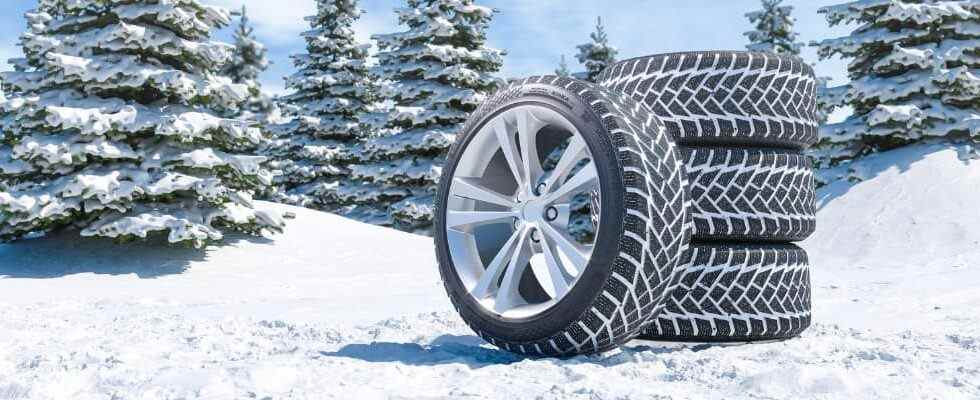With winter coming, it’s time to do your cold weather vehicle tune-up and inspection. Along with your engine and fluid level checks, it’s a good idea to look at your brakes and tires, to make sure they are ready to support you through a full winter of driving. There are a few ways to get your wheels and tires ready for winter, so incorporate all these steps into your vehicle checkup routine.
Track Your Mileage
Tires come with mileage ratings for a reason. If you’re considering whether or not it’s time to replace your everyday all-terrain tires, then the number of miles on them needs to be at the top of your list of considerations. It is possible for tires to perform well beyond that mileage if they have a decent tread depth left and they are not too old, but it still might be a good idea to upgrade if you are over the mileage the tire was built to handle, just to make sure you don’t wind up with any midwinter surprises.
Do a Winter Tire Inspection
If your tire mileage is still within the manufacturer’s recommendations or you are opting to keep using older tires because the tread is good, you still want to inspect each of them. Check the tread depth for consistency and rotate your tires as needed to encourage even wear. You’ll also want to check for issues like slow leak puncture damage, leaky seals, or signs of dry rot and delamination. If the tires look great and everything else checks out, you might be set up for winter driving already.
Know How To Check Your Tire’s Age
Old rubber is prone to dry rot and other forms of material degradation, which is one of the reasons why tires have a clear date of manufacture for those who know where to look. The tire identification number on the tire itself has that information in its last four digits, two for the week of the year and two for the year. For example, a tire ID number that ends in 4914 was manufactured in the final month of 2014. It’s a good idea to replace tires when they are over eight years old to avoid any issues with aging materials. The older they become, the more likely fast degradation or sudden failure is to happen to your truck tires.
Traction Is Key
Your ability to be safe on and off the road after the snow comes down is all a matter of traction. That is the reason tread style and depth is so important. By finding contact even under icy conditions, winter tires keep you in control. Of course, you can support that control by making upgrades that support your tire performance, including upgraded suspension kits for trucks to open up your options for wheel and tire size.
Upgrade Your Tires
You don’t have to be in dire need of a set of new tires to enjoy an upgrade. With winter conditions coming up, improving your tire by upgrading to a performance design like the Mickey Thompson Classic III is a good enough reason to get a new set.
